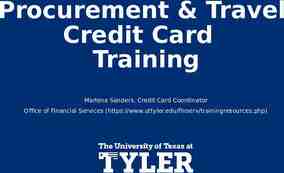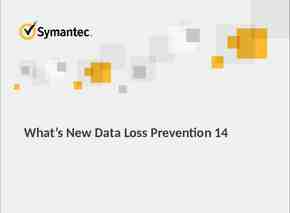Medication Administration Training
31 Slides4.74 MB
Medication Administration Training
Recognize that school districts policies and state law govern the safe administration of medications at school. Apply information about safe storage and handling of medication in school settings. Use procedures which contribute to accurate, safe and hygienic administration of medication. Record important information about medication administration and side effects for communication with families and other school personnel and for legal protection. Systematically apply the principles of the “ Five Rs” when giving medication to children in school settings.
Chapter 115C-307 of the General statutes of N.C. enables public school employees, when given the authority by the Board of Education or its designee, to administer medication prescribed by a doctor upon written request of the parent. Public school employees include teachers, substitute teachers, teacher assistants, student teachers or any other public school employee when given such authority by the Board of Education or its designee. It is the responsibility of the school staff to ensure that medication is administered according to state laws, local policies and procedures, and professional standards. The needs of children who require medication during school hours to maintain and support their continued presence in school should be met in a safe prudent manner. No teacher, substitute teacher, teacher assistant, student teacher, or any other public school employee shall be required to administer drugs or medication to a student against their will.
Purpose: To teach school personnel basic knowledge of medication administration in the school setting. Goal: Safe administration of oral, topical, eye, ear, inhalant and emergency medication. Objectives: 1) Describe their role in the delivery of medication. 2) State the general purpose of medication administration.
Objectives: 3) List needed equipment and supplies. 4) Demonstrate proper administration of oral, topical, eye, ear, inhalant and emergency medication. 5) Demonstrate appropriate and accurate documentation of medication. 6) Demonstrate appropriate action if unusual circumstances occur. 7) Know how and when to seek consultation from supervising nurses.
Right Child: Double check by asking child’s name. Right Medication: Ensure you have the right medication by checking pharmacy label and medication log. Right Dosage: Give exact amount as specified by the doctor and on pharmacy label.
Right time: Check the medication log for the time when the medication should be given. Up to 30 minutes before or after the prescribed time is okay. Right Route: Check the medication log and pharmacy label on how to administer medication; Is it to be taken by mouth, rubbed on skin, drops in eyes, ears, nose or etc? “Write” it down: Document immediately after administering medication.
Must be kept for each student. Permanent record- at end of year record should be collected by school nurse. Filed in child’s cumulative folder. File will remain at school until age 29. Each time med is given to child, document actual time and your initial on medication record. Documentation must be in ink. Record contains child’s name, prescribed med, dosage, route and time to be administered. Only one medication and time for each medication record. Medication record must be kept for daily and as needed meds.
It is the responsibility of the school staff to ensure that medications are administered to students everyday during school hours, when a completed Request for Medication Administration in School form is on file at school. This includes any off-campus school sponsored activities such as field trips.
If child doesn’t come for medication, send for him/her. If child not found, document your search and contact parent. If child refuses medication or spits it out, notify the school nurse or parent and make a note of what happened on the medication log.
If the child vomits or spits out medication, tell the nurse or parent immediately. Be ready to tell the following important information: What medication child is taking and the form of medication (liquid, tablet, etc.). When the vomiting occurred. Did child gag while taking med , or did they throw up some time later. Was med visible in vomit? Does the child have fever or appear sick? Based on this info, you will be told what steps to take. Be sure to document on medication log.
Any error must be documented on Medication Administration Incident Report Errors should be reported immediately to the school nurse, principal, and parents. Accidental errors such as: Forgetting to give med Giving medication to wrong child Giving wrong medication or dosage Giving medication at wrong time. Giving medication by wrong route
Need to know basis Child’s medication or health conditions cannot be discussed with others unless parents give permission. Breach of confidentiality can result in pain/suffering for the child and family. It also can lead to lawsuits and liability for the school and the person who violated the family’s confidentiality.
Asthma Inhaler demonstration: http://www.youtube.com/watch?feature pla yer embedded&v bq3E70xgSuY Asthma Inhaler w/ spacer demonstration: http://www.youtube.com/watch?feature pla yer embedded&v BbONuRXJdr0




































